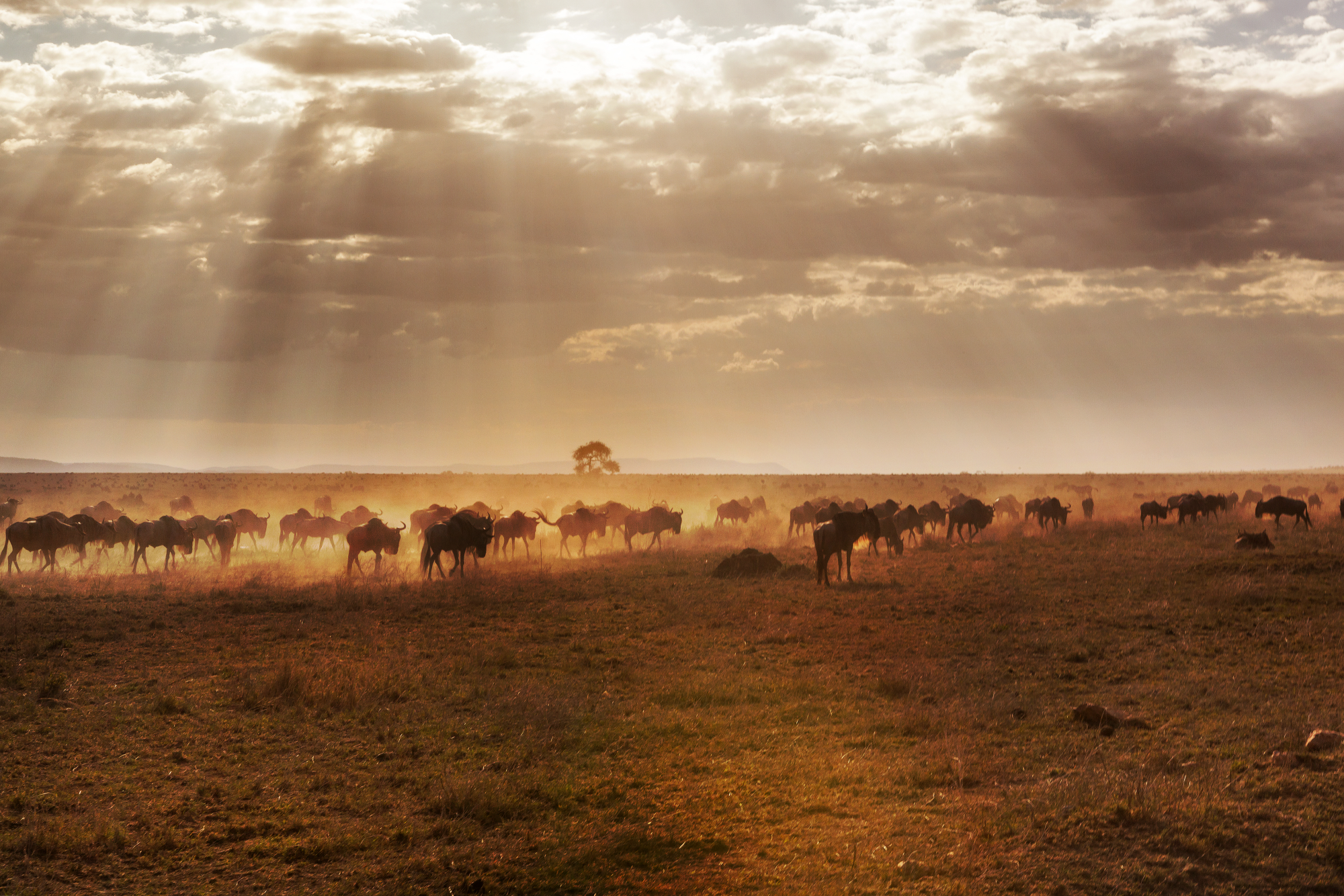Cheetah populations across Africa are in serious decline, with high cub mortality playing a critical role. In areas like the Serengeti, less than 5% of cheetah cubs reach independence, mainly due to predation by lions and hyenas. While habitat type, human disturbance, and disease also contribute to cub deaths, predator density is the most consistent threat. Research in Kenya’s Maasai Mara revealed that open habitats reduce cub survival by offering little cover, while predator presence significantly lowers recruitment rates. Interestingly, although tourism disrupts cheetah behavior, it did not notably affect cub survival. Conservation strategies must focus on protecting dense habitats, managing predator populations, and limiting negative human impacts. Maintaining well-managed protected areas with strong anti-poaching enforcement and community engagement is vital. These findings offer actionable insights to help ensure the survival of one of Africa’s most iconic and vulnerable carnivores.

